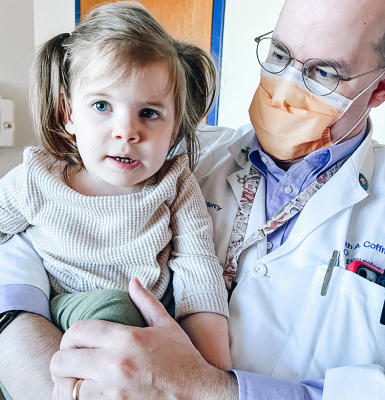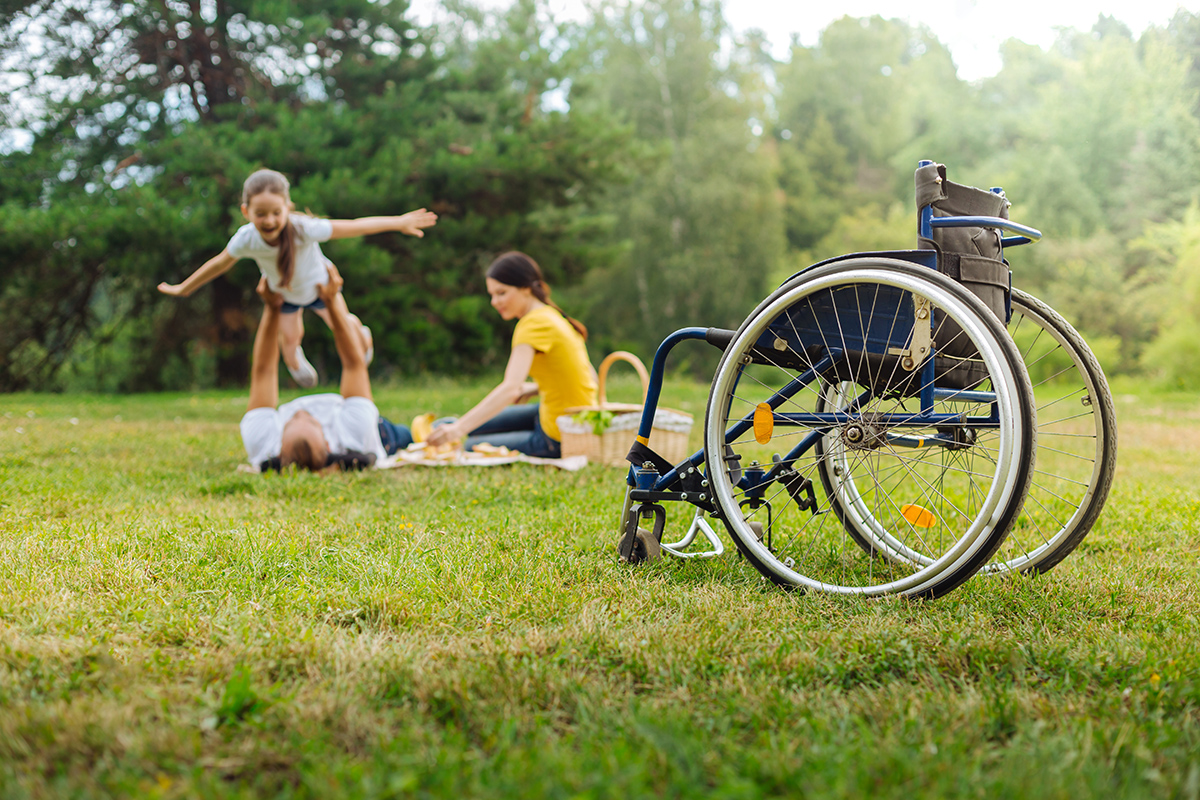
Here is a list of the top 10 most influential papers ever published on AHC.
Heinzen EL, Swoboda KJ, Hitomi Y, et al. De novo mutations in ATP1A3 cause alternating hemiplegia of childhood. Nat Genet. 2012; 44:1030–1034.
Jasien J, Bonner M, D’Alli R, Mikati M, et al. Cognitive, Adaptive, and Behavioral Profiles and Management of Alternating Hemiplegia of Childhood. Developmental Medicine & Child Neurology. 2018 Oct 26, 61: 547-554.
Panagiotakaki E, de Grandis E, Stagnaro M, et al. Clinical profile of patients with ATP1A3 mutations in alternating hemiplegia of childhood ‐ a study of 155 patients. Orphanet J Rare Dis 2015;10(1):123.
Rosewich H, Thiele H, Ohlenbusch A, et al. Heterozygous de-novo mutations in ATP1A3 in patients with alternating hemiplegia of childhood: a whole-exome sequencing gene-identification study. Lancet Neurol. 2012;11(9):764-773.
Save J, Poncelin D, Auvin S. Caregiver’s burden and psychosocial issues in alternating hemiplegia of childhood. Eur J Paediatr Neurol. 2013;17:515–521.
Sweney MT, Newcomb TM, Swoboda KJ. The expanding spectrum of neurological phenotypes in children with ATP1A3 mutations, Alternating Hemiplegia of Childhood, Rapid-onset Dystonia-Parkinsonism, CAPOS and beyond. Pediatr Neurol. 2015 Jan;52(1):56-64.
Uchitel J, Abdelnour E, Boggs, A, Mikati, M. Social Impairments in Alternating Hemiplegia of Childhood. Developmental Medicine & Child Neurology. 2020 July, 62 (7); 820-826.
Verret S, Steele JC. Alternating hemiplegia in childhood: a report of eight patients with complicated migraine beginning in infancy. Pediatrics. 1971;47(4):675-680.
Viollet L, Glusman G, Murphy KJ, et al. Alternating hemiplegia of childhood: Retrospective genetic study and genotype‐phenotype correlations in 187 subjects from the US AHCF registry. PLoS One 2015;10(5):1–14.
Wallace K, Uchitel J, Prange L, Mikati M. Characterization of Severe and Extreme Behavioral Problems in Patients with Alternating Hemiplegia of Childhood. Pediatric Neurology 2020 Jun 27; 111; p5-12.





